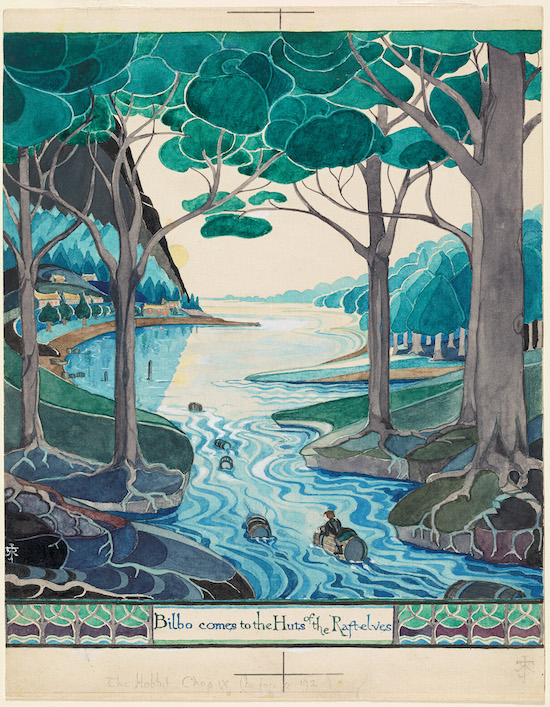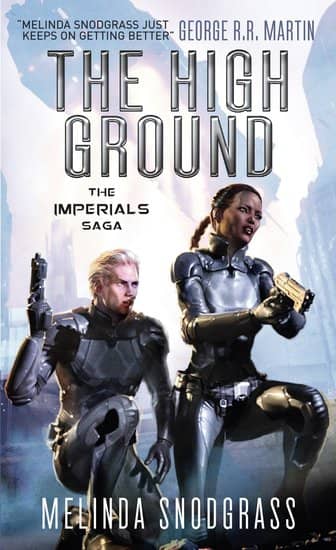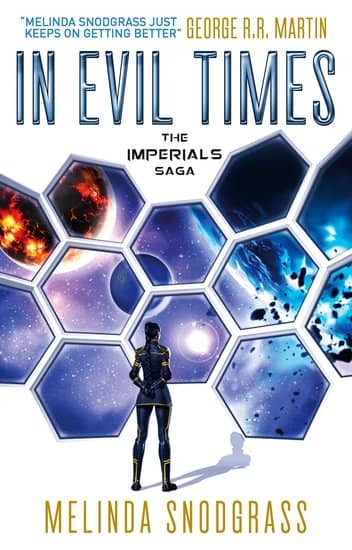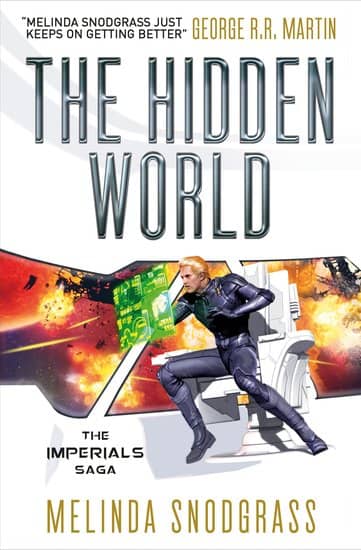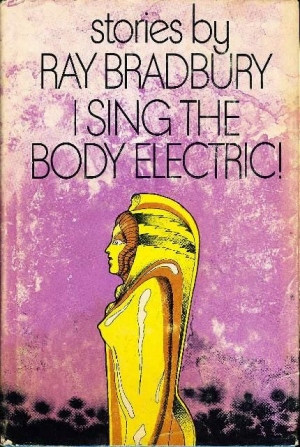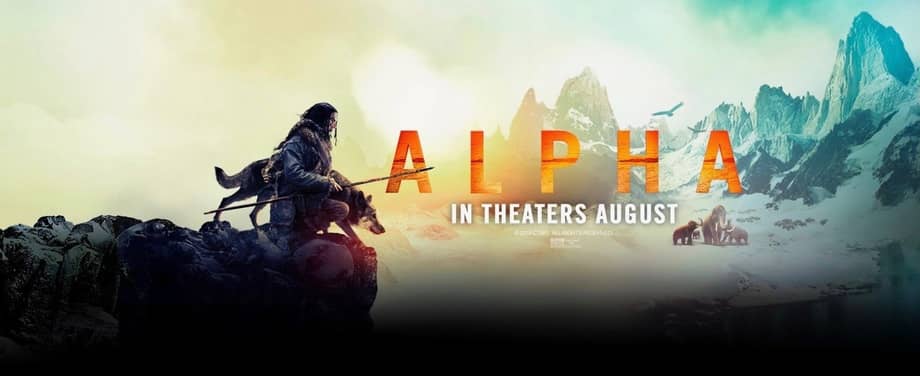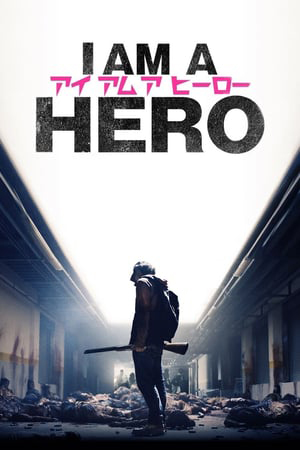Fantasia 2018, Day 14: The Witch: Part 1. The Subversion and Blue My Mind
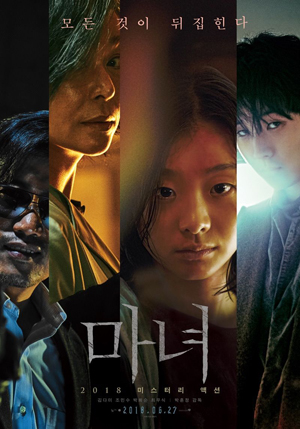 I had two movies on my schedule for Wednesday, July 25. The first was The Witch: Part 1. The Subversion, a Korean action movie with super-hero elements. The second was a German-language Swiss movie called Blue My Mind, about a teenager moving to a new school and finding herself undergoing a strange metamorphosis. Both films were about young women, and both leads had elements of the inhuman to them. But these things were expressed in very different ways.
I had two movies on my schedule for Wednesday, July 25. The first was The Witch: Part 1. The Subversion, a Korean action movie with super-hero elements. The second was a German-language Swiss movie called Blue My Mind, about a teenager moving to a new school and finding herself undergoing a strange metamorphosis. Both films were about young women, and both leads had elements of the inhuman to them. But these things were expressed in very different ways.
The Witch is written and directed by Park Hoon-jung. It begins with mysterious assassins killing gifted children, and one child escaping under cover of night. Ten years later, Ja-yoon (Kim Da-mi) lives in a small town with her adopted parents, hiding her telekinetic powers. But then she wins a nationally-televised talent competition, and the mysterious forces that threatened her when young find her again. Agents of various sorts draw closer to her and her family. Can her powers save her, and them?
This is a fast, intelligent, well-shot film with elements of thriller and super-hero story. It explodes into violence at the end after a build-up of increasing tension, and we neither miss the action earlier nor feel it unearned when it comes. Over two hours long (with a listed running time of 126 minutes), it passes by like a shot. The craftsmanship’s excellent and the pacing’s near-perfect, both in terms of the selection of scenes and also in the rhythm of the editing. Emotional moments come up and are allowed to breathe, but give way to more action-driven sequences in a way that feels natural.
Kim’s acting has to be mentioned here, as her Ja-yoon drives the film and keeps things interesting. She’s quick, funny, and interesting; when we find out what the actual story is behind her and her powers we get a new dimension of understanding to what we’ve already seen, but the point is that Kim’s able to give everyday scenes with Ja-yoon’s family and her best friend (Go Min-si) real interest. Park helps that by keeping a constant sense of tension, establishing mysterious villains and adroitly cutting to them to keep the audience on edge.
I will admit at this point that I’m talking around the story of the film, and that is because there’s a fair-play twist fairly late in the story that’s executed quite well and recontextualises much of what we thought we saw. It’s perfectly logical and, when it’s sprung on us, instantly makes perfect sense. I’d say it’s a good twist because it’s not simply a plot twist — character and theme are definitely involved, and all these aspects of the story benefit. I can say no more, except to observe that The Witch has a well-written and sharply-conceived script; and this twist feels of a piece.
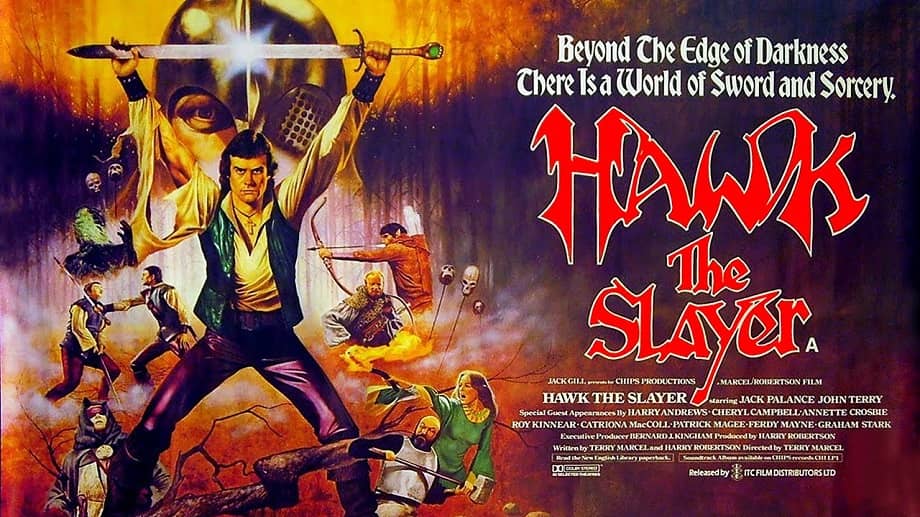
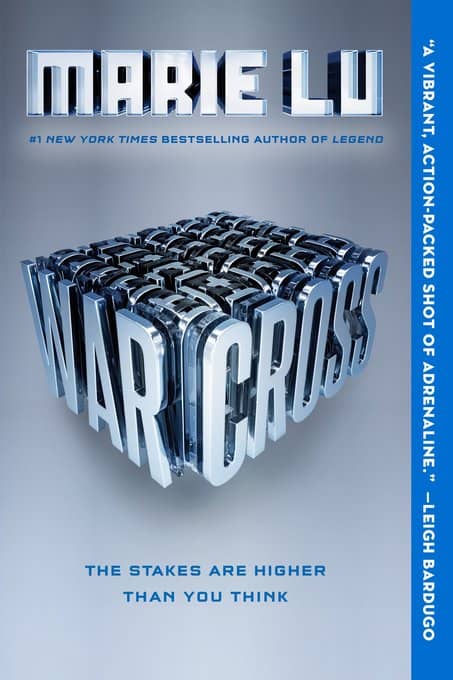
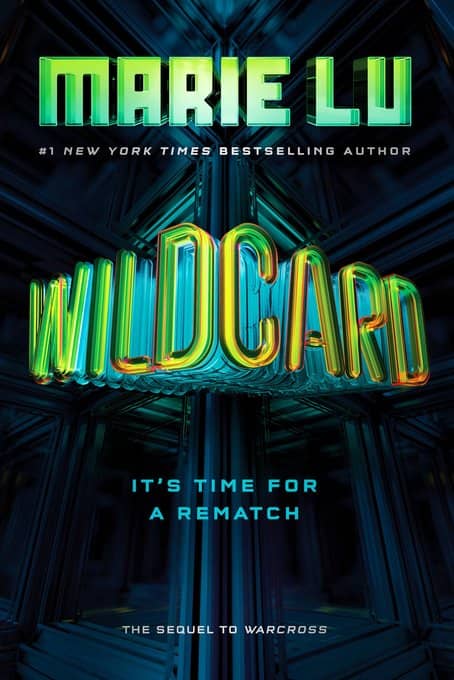
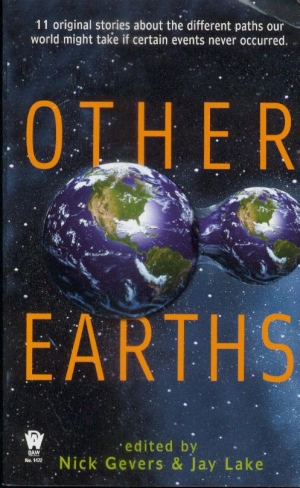
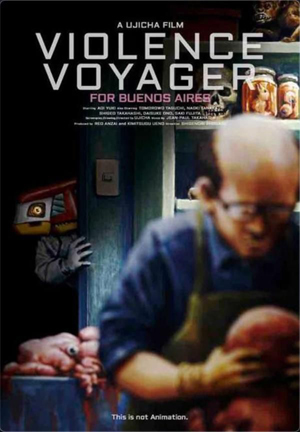 Late in the evening of Tuesday, July 24, I made my way to the J.A. De Sève Theatre for my one film of the day: Violence Voyager, an 83-minute animated feature by Japanese writer-director Ujicha. We follow an American schoolboy in Japan, Bobby (Aoi Yuki), as he and his friend explore some hills near his home. They find a strange, nearly-abandoned amusement park, but upon entering find themselves caught up in a terrible scheme. They and other children are captured, mutilated, mutated, and (in many cases) killed. Can Bobby free himself and others, and destroy the horrible place called Violence Voyager?
Late in the evening of Tuesday, July 24, I made my way to the J.A. De Sève Theatre for my one film of the day: Violence Voyager, an 83-minute animated feature by Japanese writer-director Ujicha. We follow an American schoolboy in Japan, Bobby (Aoi Yuki), as he and his friend explore some hills near his home. They find a strange, nearly-abandoned amusement park, but upon entering find themselves caught up in a terrible scheme. They and other children are captured, mutilated, mutated, and (in many cases) killed. Can Bobby free himself and others, and destroy the horrible place called Violence Voyager?